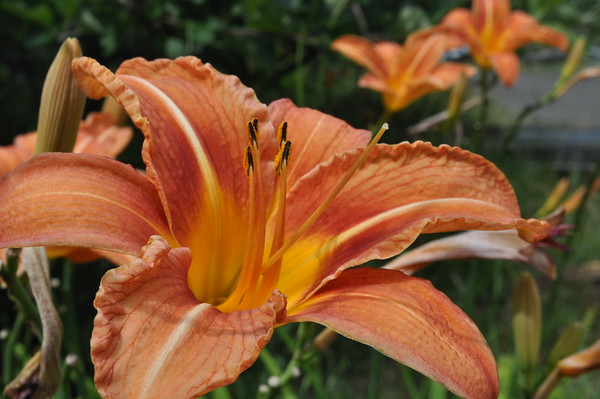
This is the orange flowered variety of daylily. So pretty in the garden or on a plate! more->
We spent 13 years building an abundant fruit forest, annual veggie beds, perennial medicinal herbs, and a healthy mixed hardwood-coniferous forest and now we've sold our property to the next stewards so that we can begin a new homesteading project in Vermont closer to our best friends and their kids.
Don't worry - we plan to keep this website up and running so that our customers can reference what we've written about our plants!
We'll let you know once we re-start a farm in Vermont!

This is the orange flowered variety of daylily. So pretty in the garden or on a plate! more->
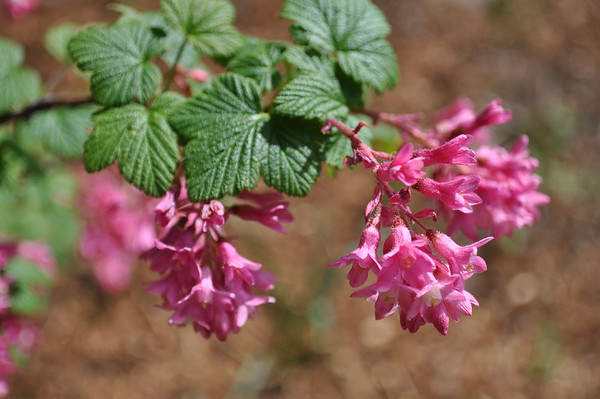
This is one of the earliest blooming and showiest shrubs in the Pacific Northwest! Red flowering currant is a very popular plant for a variety of reasons. The large clusters of pink-red flowers... more->

Common milkweed is very similar to our native showy milkweed, but native to eastern North America. This species is just as showy as the showy milkweed in our garden but a little more pink than... more->
Black twinberry, native to Oregon, is an excellent hummingbird plant. This deciduous shrub can grow up to 6 feet tall and 10 feet wide. It can grow in sun or part shade. Flowers are bright... more->
No herb garden is complete without this fragrant and savory leaf to add to pasta sauce, soup stock and more. Sage also produces beautiful and edible pink flowers that attract pollinators.... more->
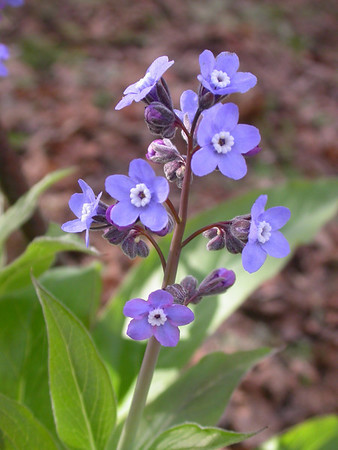
With beautiful blue flowers clustered atop two foot tall stalks, hound's tongue is named for the shape and texture of the leaves that form a rosette at the base of the plant. It's native to the... more->
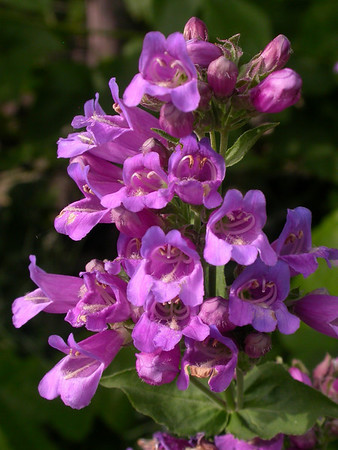
We have had great success growing this native penstemon in our gardens. A perennial with striking purple flowers stalks that bloom in mid-summer, Cascade penstemon is easy to grow in our climate.... more->
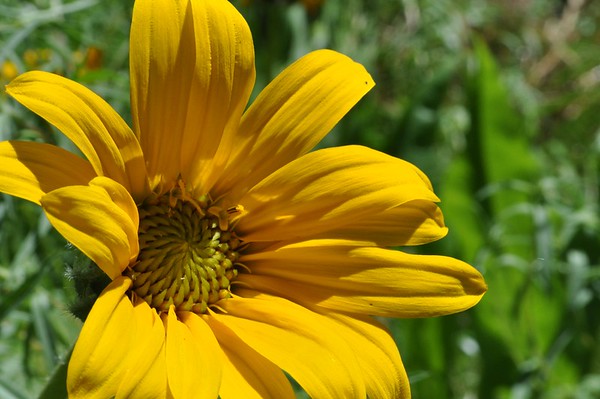
A sunflower-like native wildflower, narrow leaved mule's ears grows in grasslands and meadows in the fields and foot hills of the Willamette Valley. It is an herbaceous perennial and each year... more->
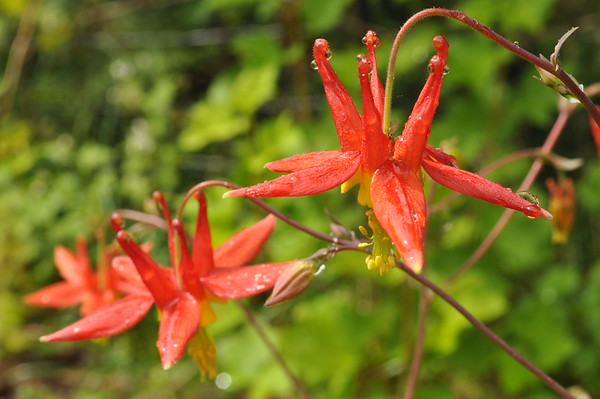
A beautiful wildflower, our native columbine blooms yellow and red. In garden soil and part shade, columbine may grow up to 3 feet tall and wide. Delicate flowers bloom in late spring. Great... more->
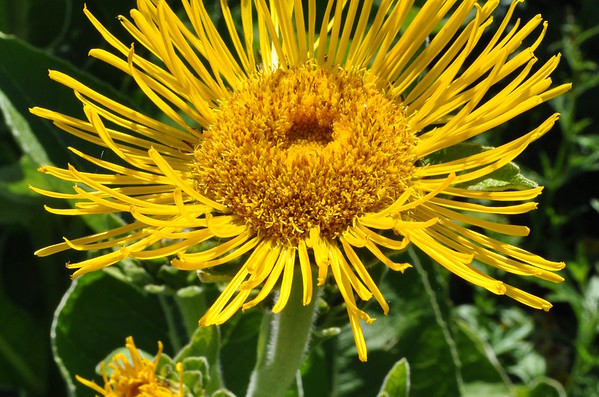
This sturdy herbaceous perennial bears giant leaves, stems up to 6 feet tall, and bright yellow flowers several inches across. Bees and other insects are always buzzing around to sip the nectar... more->
'Invicta' produces high yields of large dessert quality green fruit, and is considered by many to be the best variety in North America. It has excellent flavor, is mildew resistant, and is more... more->
This native member of the sunflower family spreads quickly in poor soil with very little care and without summer irrigation. It has spreading blue-flowered aster blossoms late in the summer to... more->
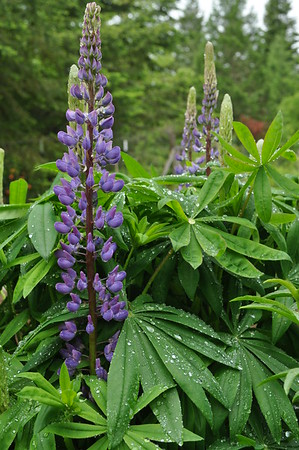
This perennial produces massive flowering stalks several feet tall that smell sweet and attract bees. Native to wetlands in the Willamette Valley and the Pacific Northwest, it performs really... more->
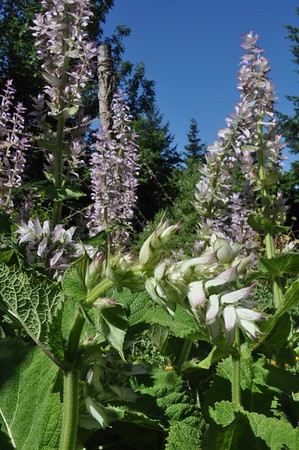
With the sweet and spicy aroma of grapefruit and pine, clary sage brightens our day with its scent as well as with its spikes of white and purple flowers. This biennial starts out the first year... more->
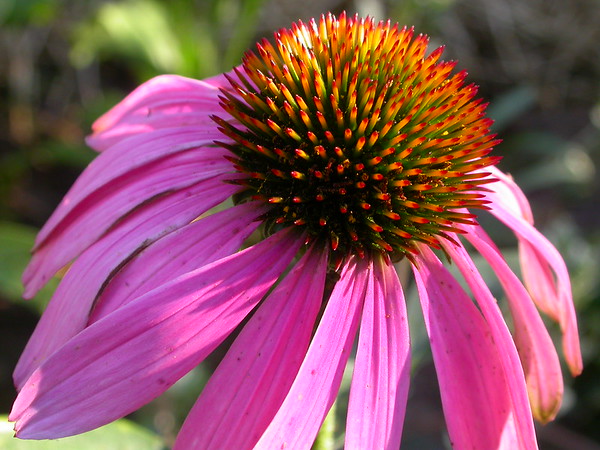
This is the easiest to grow of all the Echinacea species in our area. It is very cold hardy, and sends down a multitude of pencil-sized roots. The bees and butterflies frequent the bright purple... more->
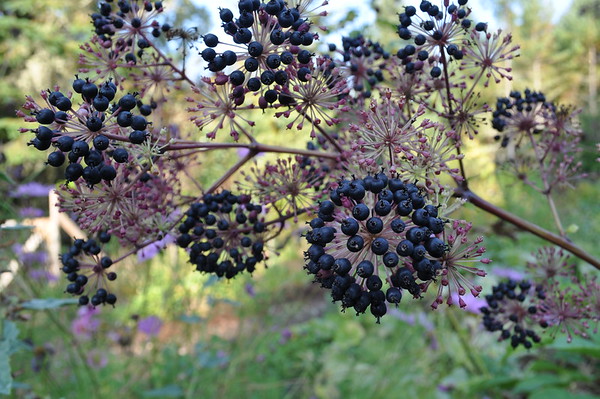
Although some know it as California ginseng, elk clover, or spikenard, I think Oregon ginseng is quite fitting for a plant that inhabits shady, moist seasonal creeks in deep coniferous forests as... more->
Jostaberry is a cross between european currants and gooseberries, taking the best from both. It is a thornless shrub producing dark fruits with a mild black currant flavor. The fruit is larger... more->